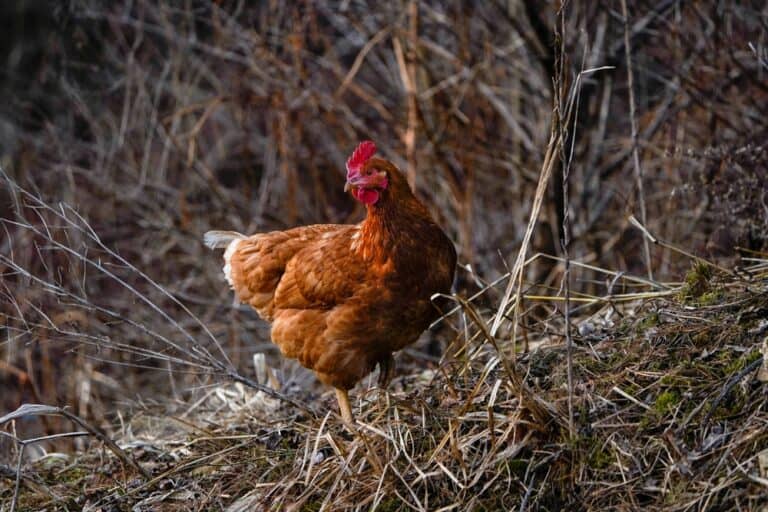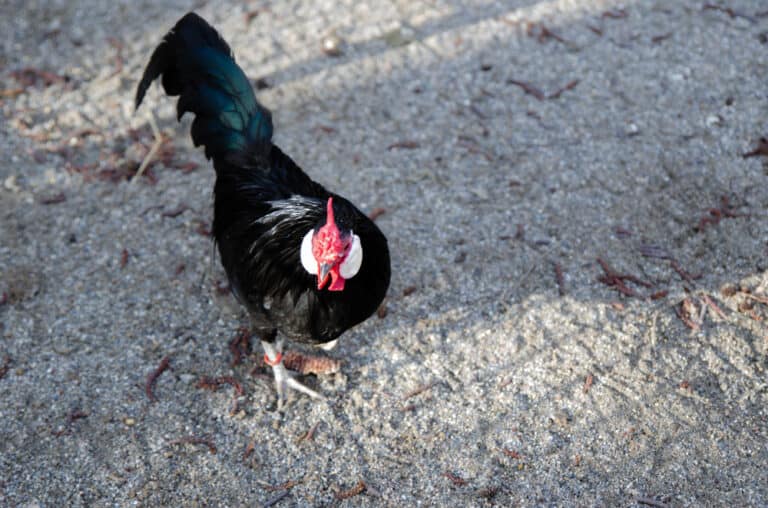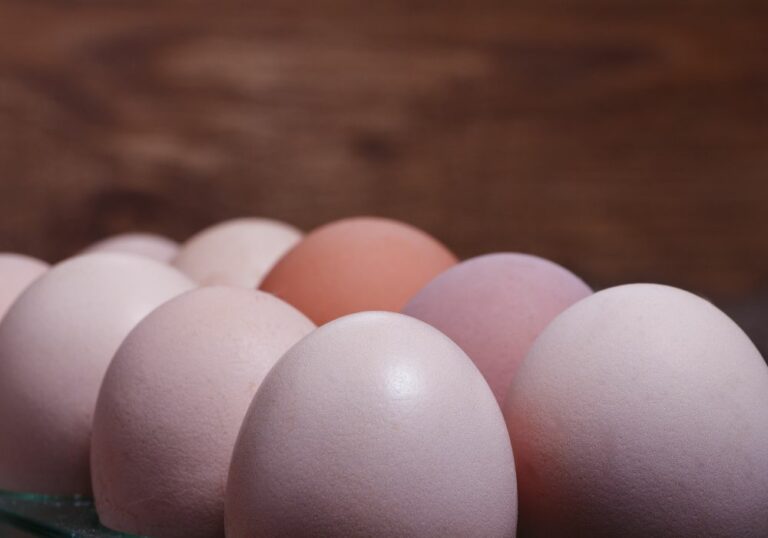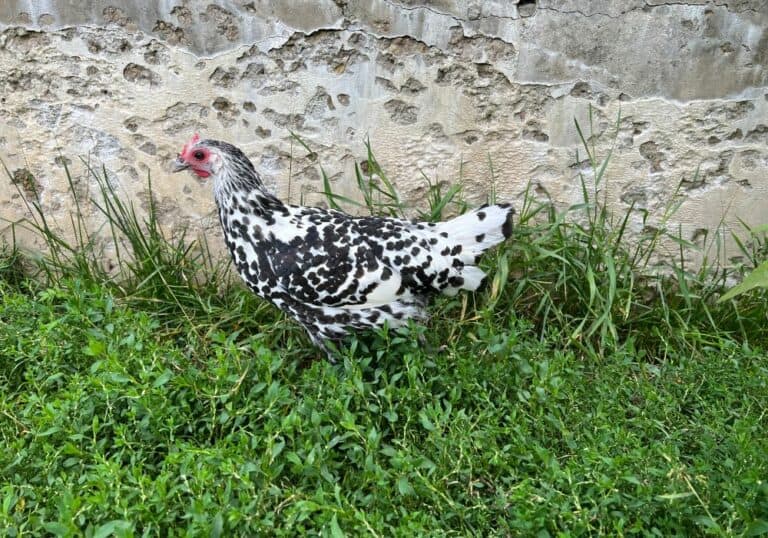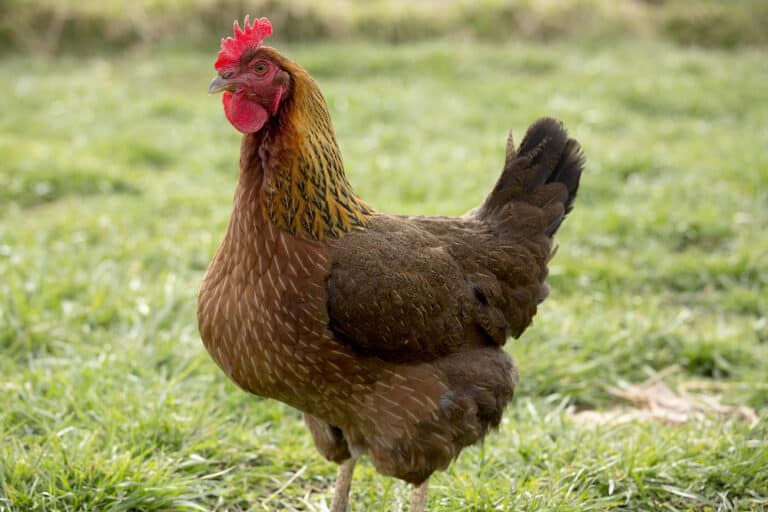Cubalaya is an exquisite chicken breed that has been present in the US for centuries now and is still very rare. Cubalaya chickens are often referred to as long-tailed ones, and people like to keep them because of their attention-grabbing plumage and appearance.
Generally, chickens with interesting and rich heritage and history are very sought-after in the US, and Cubalaya is often at the top of the list. Given their fascinating appearance, the Cubalaya chickens are mostly an ornamental class breed and are used for exhibitions or as pets.
Let’s dive into this chicken breed’s history, characteristics, and other vital information!
History and Heritage of Cubalaya Chickens
The heritage of Cubalaya and how this unique breed found its way to North America is truly interesting. To explain it, we have to dive into the history of the 16th and 17th centuries!
As you probably know, Spanish Empire colonized the Philippines in the early 16th century and some other countries such as Cuba, Puerto Rico, Guam, and other islands.
The Spaniards brought this Asiatic game fowl from the Philippines to Cuba, named Cubalaya after the Republic of Cuba, which refined this breed.
During the colonization period, many animals, spices, dishes, and other things were brought to the opposite ends of the world, which happened with this chicken breed.
So, this breed originated in Havana, Cuba, although its ancestors were native to the Philippines. The Spaniards brought many game fowls from Asia to their colonies during the mid-19th century.
It is believed that Cubalaya as a chicken breed stems from several different European breeds carried throughout the colonization period to various countries, where they were crossbred with other domestic breeds.
Therefore, Cubans bred the game fowls from the Philippines (Malay and Sumatra chickens) with some European game fowl. The result was a fearless and majestic Cubalaya with fierce eyes, a fearless expression, and a curving beak.
Without any scientific control, these chickens were selectively bred for their numerous physical characteristics, including their extended and wide tails. Cubalaya was initially a triple-purpose breed.
Most chickens are dual-purpose, meaning they are kept for egg production and meat. However, when this breed originated in the mid-19th century, cock fighting was a popular and lucrative sport and form of entertainment.
That is why they were specifically bred to have stretched-out tails, curved beaks, scary expressions, and little to no spurs. Regarding the latter, they needed to have little or no spurs on their feet so they would not cause permanent damage to other roosters during the fighting.
Besides the cock fighting, the Cuban chicken keeper also wanted a breed that would produce a lot of eggs and have some meat. The Cuban national poultry association accepted this breed in 1935.
It was first showcased in the US in 1939 at the International Poultry Exhibition, and this breed was recognized by the American Poultry Association (APA) during that year.
Cubalaya Characteristics
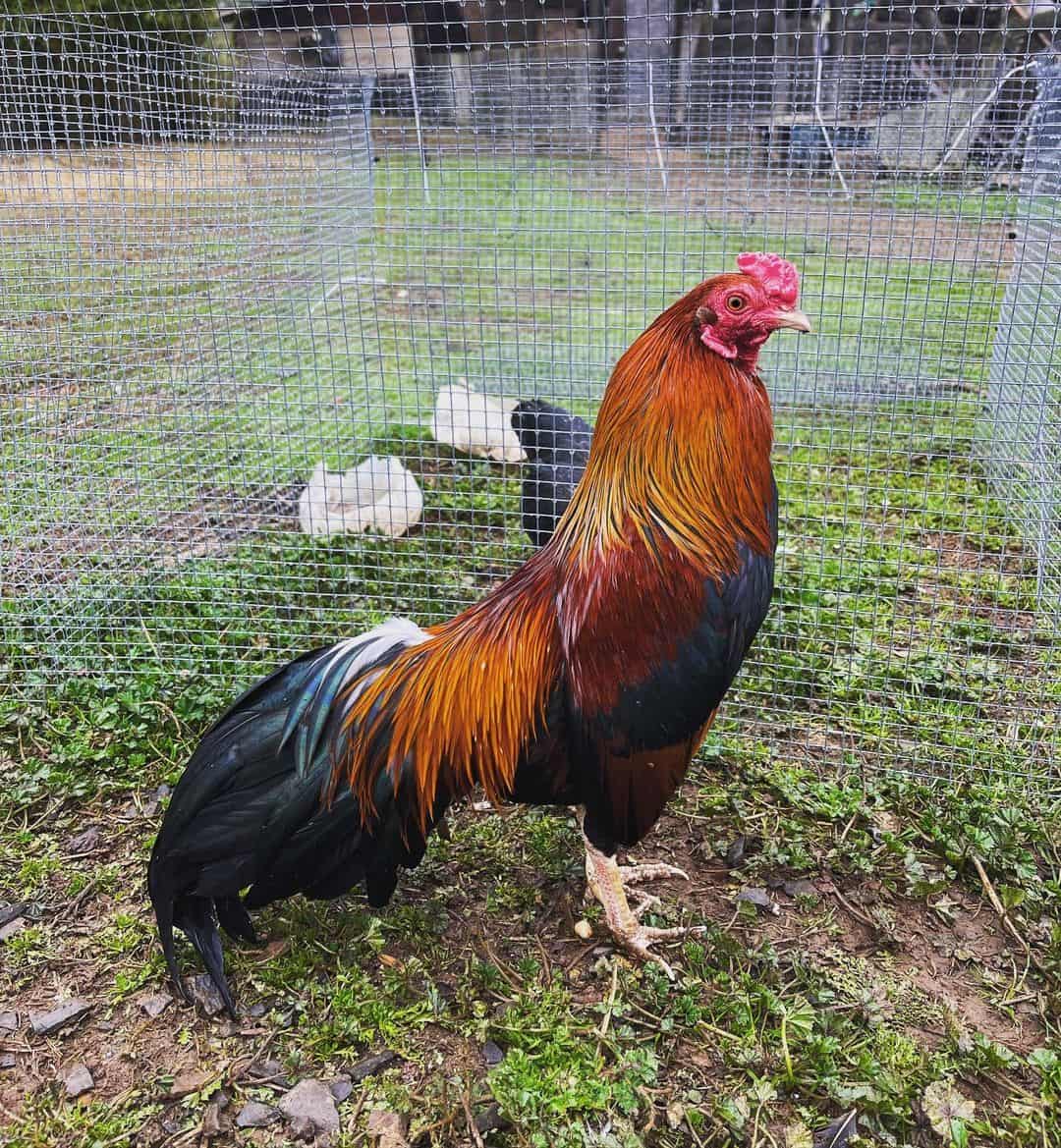
Cubalaya chickens are rare in the US, so this breed is ranked on the Livestock Conservancy Conservation Priority List as “Critical.” There are approximately around 500 of these chickens in the US and 1,000 worldwide.
1. Appearance
Cubalaya roosters have pea combs, red earlobes, and wattles, while their feathers and plumage are utterly fascinating. The moment you see a Cubalaya rooster, you will notice that it is a bird with a regal and striking look.
For example, the color of the plumage of their neck differs from the one around their head and the rest of the body.
Their neck feathers are long and colored orange or light brownish and can be slightly darker or lighter, while the feather pattern on their body is a combination of dark brown, white, emerald, and yellow.
They have a specific downward-inclining tail with colorful and iridescent flowing hackle feathers that seems to be merging or transforming into other colors, giving a full and captivating pattern.
Furthermore, their tail resembles lobster claw, so they are referred to as lobster tails.
Cubalaya chickens have short legs, and the main difference between the Cubalaya roosters and hens is the fact that roosters have no too little spurs.
Although Cubalaya is considered one of the most beautiful chicken species, they are known for their eyes, which are also noted as one of the best-looking eyes in a chicken.
2. Color Varieties
There are three accepted color varieties of the Cubalaya chickens by the American Poultry Association: Black, Black-Breasted Red, and White. The Black Cubalaya, just like its name implies, has dark grey, almost black shanks.
The Black-Breasted Red has black breasts, but its plumage is red colored, while the White Cubalaya has white plumage. The lobster tail is the most known and recognized characteristic of both Cubalaya roosters and hens.
3. Size/ Weight
When you first look at the Cubalaya chicken, it seems to be a very large bird, but in reality, it is not a giant.
There are standard and bantam varieties of Cubalaya, while the bantam one was approved by the American Bantam Association in 1939. The average weight of the full-grown Cubalaya rooster is around 6 lbs, while a mature hen weighs around 4 lbs.
On the other hand, the Cubalaya bantam variety is very tiny, and a standard rooster weighs around 26 ounces, while hens weigh around 22 ounces. The Bantam Cubalayas are one of the most miniature chicken breeds in the US.
Unlike most chicken breeds that reach maturity at one year old, Cubalaya chickens mature very slowly.
They reach maturity and their adult size after three years. As with most breeds, the males are larger than hens; the same goes for their tails. The Cubalaya hens have a considerably smaller tail that drapes down, although equally majestic.
4. Egg Production/Egg Laying Capabilities
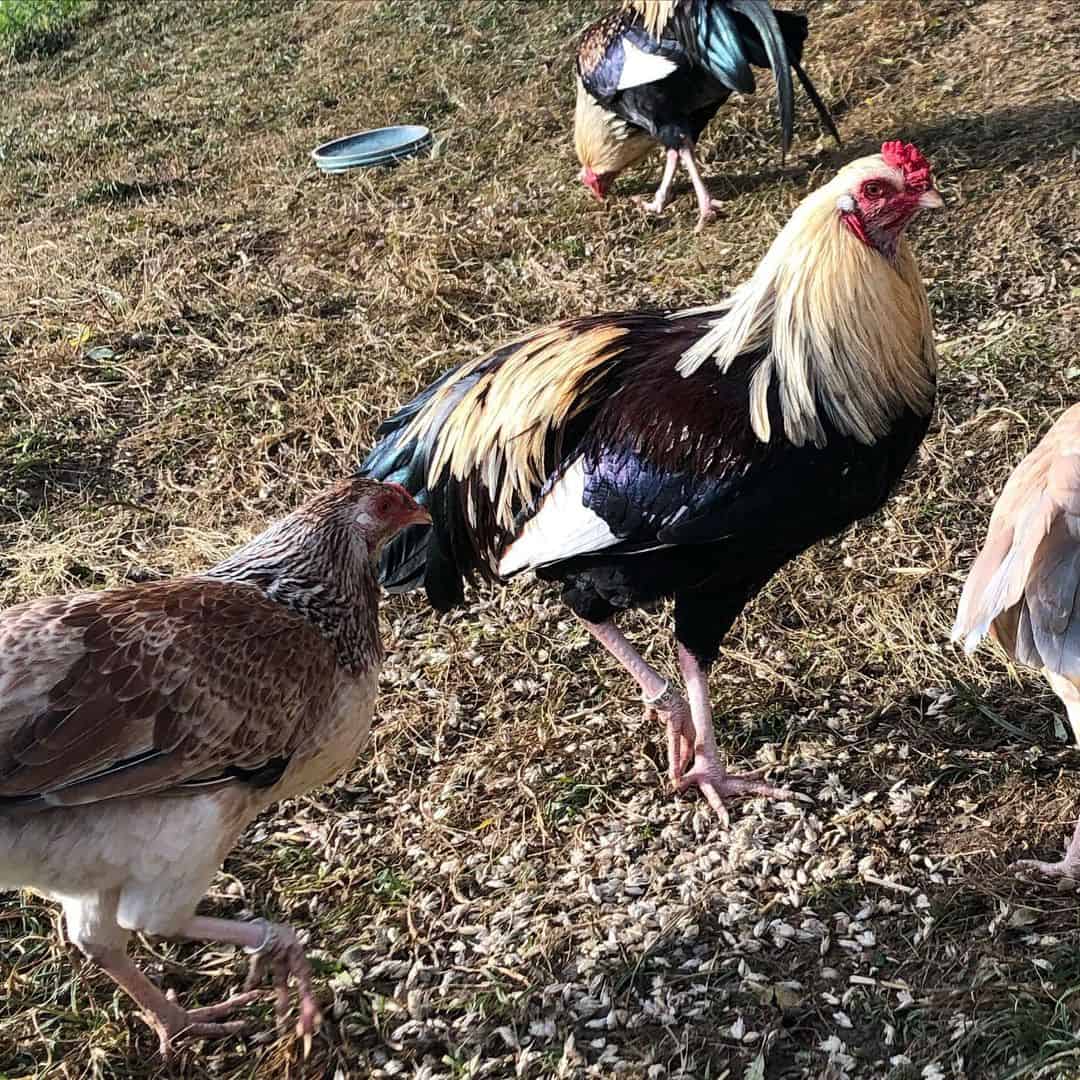
Even though they are mostly kept for ornamental purposes in the US, they have a versatile use in Cuba. As noted, the Cubalaya chicken was also bred for egg production, a major factor in chicken keeping.
Although they are not super prolific egg layers, such as California Grey chickens, they are still known as one of the most prolific ones. They lay approximately 180 to 200 eggs annually, which are small to medium size and cream in color.
Their egg-laying capabilities are pretty impressive for an ornamental bird, which is generally not known for high egg production. Cubalayas produce 4 to 5 eggs a week in their peak laying season.
One of the disadvantages or advantages is that they often go broody, which affects or decreases their egg production.
On the other hand, Cubalaya females are excellent mothers, so some tend to keep them for their meat production.
The winter does not affect their laying capabilities, so you can expect them to continue producing eggs unless they go broody. Like most chickens, they start laying at 23 or 24 weeks old.
5. Temperament/ Character
Compared to other game fowls, which are usually feisty and dominant, Cubalaya is a pretty friendly chicken breed. They are passionate foragers and known for their curious disposition. Therefore, having a run or open space in addition to the coop is very important.
That said, they do not respond well to prolonged confinement.
Due to their gentle nature, some tend to acquire Cubalayas and keep them as pets. Interestingly, they can be taught several tricks and even take food from your hands. Therefore they are suitable for those that are new to chicken keeping.
On the other hand, they are very noisy, inquisitive, and loud, and your neighbors will definitely know that you have chickens. When building a coop for them, remember that they are flyers.
Can I Mix Cubalaya Chickens with Other Breeds?
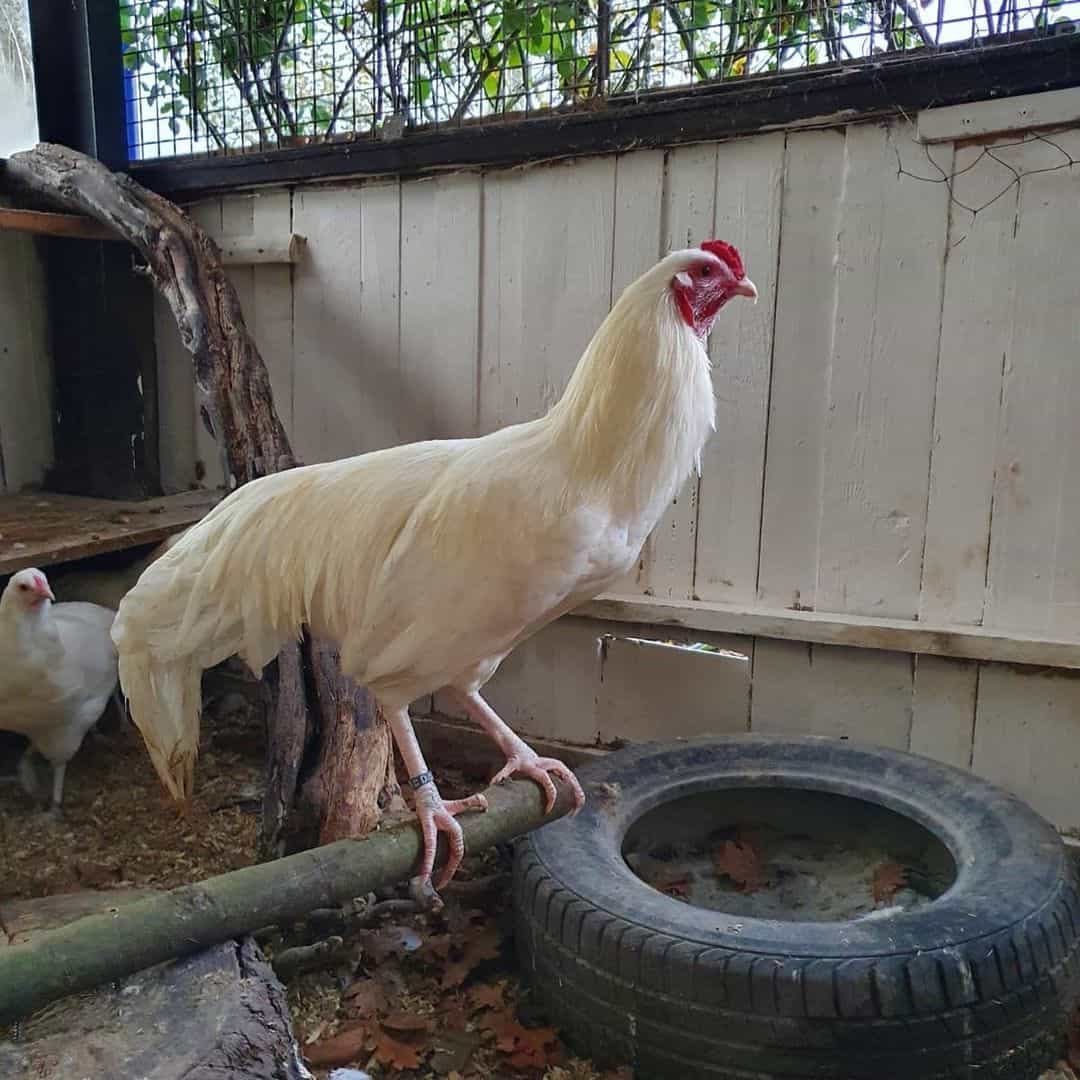
The truth is that mixing Cubalayas with other breeds may not be a good idea. Although they are known as pretty gentle for a game fowl, they generally do not get along with other breeds.
Introducing other chickens to the flock of Cubalayas needs to be done slowly and under supervision. If you want a mixed flock, start by socializing them slowly and moderately to avoid dominance issues and pecking.
What are Common Health Issues in Cubalayas?
Certain illnesses and health conditions are mutual for all breeds.
Some common causes of health issues are internal and external parasites, mites, and lice, which may find their way to your chickens during their free-range time or even in the coop if it’s contaminated.
Therefore, checking their lavish feathering for lice and their legs for mites is vital. They have a very rich feathering, making them an ideal place for lice to live and go unnoticed.
Ultimately, they have no predispositions for disease, which is interesting because most chicken breeds can carry genetic diseases and be susceptible to various health issues.
Conclusion
Cubalaya is a former triple-purpose chicken breed with a rich heritage and interesting background tracing the Spanish Empire and the colonization period. They are generally considered a very docile and friendly breed with moderate egg production and tasty meat.
So far, we have discussed the history of Cubalaya chickens, and their characteristics, such as appearance, temperament, egg production, weight, and color varieties.
Have you ever seen this breed? Do you plan to acquire this breed? Please share your opinion, and if you have questions, do not hesitate to ask!

